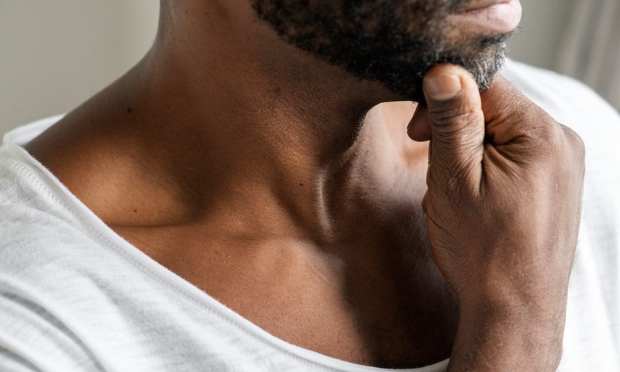Making Men’s Skincare Mindful

That the global skincare market is a large and growing concern is no secret. By some estimates, its total global value will be pushing $187 billion by the year 2027, up from the approximately $123 billion it was worth in 2018. And that 4.37 percent CAGR is considered one of the more conservative estimates — more aggressive forecasts put that figure north of $200 million by 2027 to 2028.
Where there is growth there are startups to both ride the rising wave of interest in a market and in many cases help that interest continue to expand. And in this regard skincare has been no exception, with literally hundreds of skincare and cosmetics startups springing up in the last half decade offering the most holistic approach, the cleanest ingredients and the smartest algorithmic matching in products for consumers — in short, the most innovative variations on keeping one’s skin clear, bright and youthful looking.
And yet for all the idiosyncrasies in the individual pitches brands are making to consumers, there is one thing that tends to run common across all of these emerging products: they are mostly geared toward women. Busy women, fashionable women, young women, older women — there are around 3.76 billion women on the planet, so there are a lot of ways to subdivide that massive group. And by and large, that massive group has been the main focus of nearly every beauty brand for the very good reason that women buy skincare products en masse.
Men, not so much.
But for a more recently emerging wave of skincare and cosmetics innovators, that men don’t buy skincare products isn’t a failing of interest on the part of male consumers. Instead, they view it as a failing of the market that hasn’t offered enough masculinized skincare products capture men’s nascent interest in looking attractive and smelling good. Brands like Brickell Men’s Products and Oars + Alps, for example, have both launched in the last few years with skin and personal care offerings just for men.
Brickell was founded by a man, CEO Josh Meyer, who found himself struggling to find a decent moisturizer that didn’t smell like rosewater, while Oars + Alps co-founders Mia Duchnowski and Laura Cox created their firm mostly to stop their husbands from absconding with their skincare products.
And, according to the founders of newly-launched men’s skincare brand ACT OF BEING, Paul Marino and Randy Cooperstone, what men’s skincare really needs is more than to simply exist. It also could stand a bit of luxury and a touch of mindfulness.
“ACT OF BEING’s philosophy is to help propel a man toward achieving his best self. Toward becoming a man who struggles, overcomes, and achieves his goals in his career, social and family life,” Marino said of the brand’s broad goals.
Admittedly it is a fairly ambitious agenda for skin moisturizer, but according to the ACT Of BEING founders, the space between the concepts of keeping one’s skin healthy and striving toward broader life goals isn’t as wide as most people imagine.
“All of these projects are at base about being your best self. And our foundational believe is that to get from where you are to where you want to be is an act of projecting oneself there, and how a man looks and feels about how he looks is important to that,” he said.
Moreover, he noted, what a person puts on their face is important — which is why the newly-launched brand is committed to offering products that are 100 percent vegan and free of mineral oil, parabens, phthalates, sulfates or synthetic fragrances.
The products are about average price for premium skincare goods — $26 facial wash, $50 eye cream — but whether or not men will take to these over drugstore brands that cost (on average) less than $10 remains to be seen. That women will enthusiastically pay premium prices is well known — but time will tell whether the next generation of male consumers is willing to follow on, and to how great an extent.
But Marino believes, through his own experiences in skincare, that products that can do more: actually detoxify skin, hydrate and — most important — leave their users feeling and looking better, to justify spending more.
Particularly among consumers whose needs have been ignored for too long.
